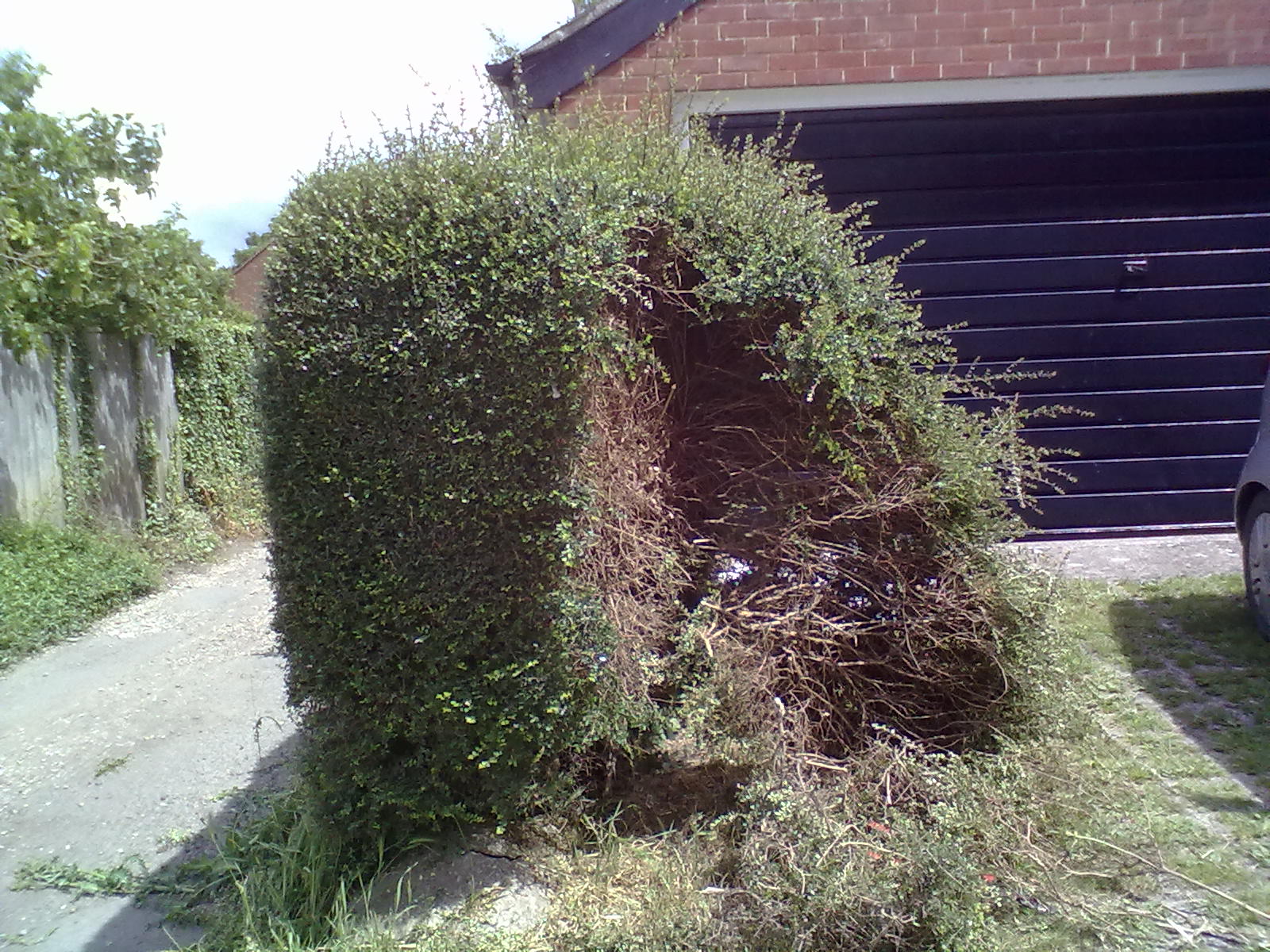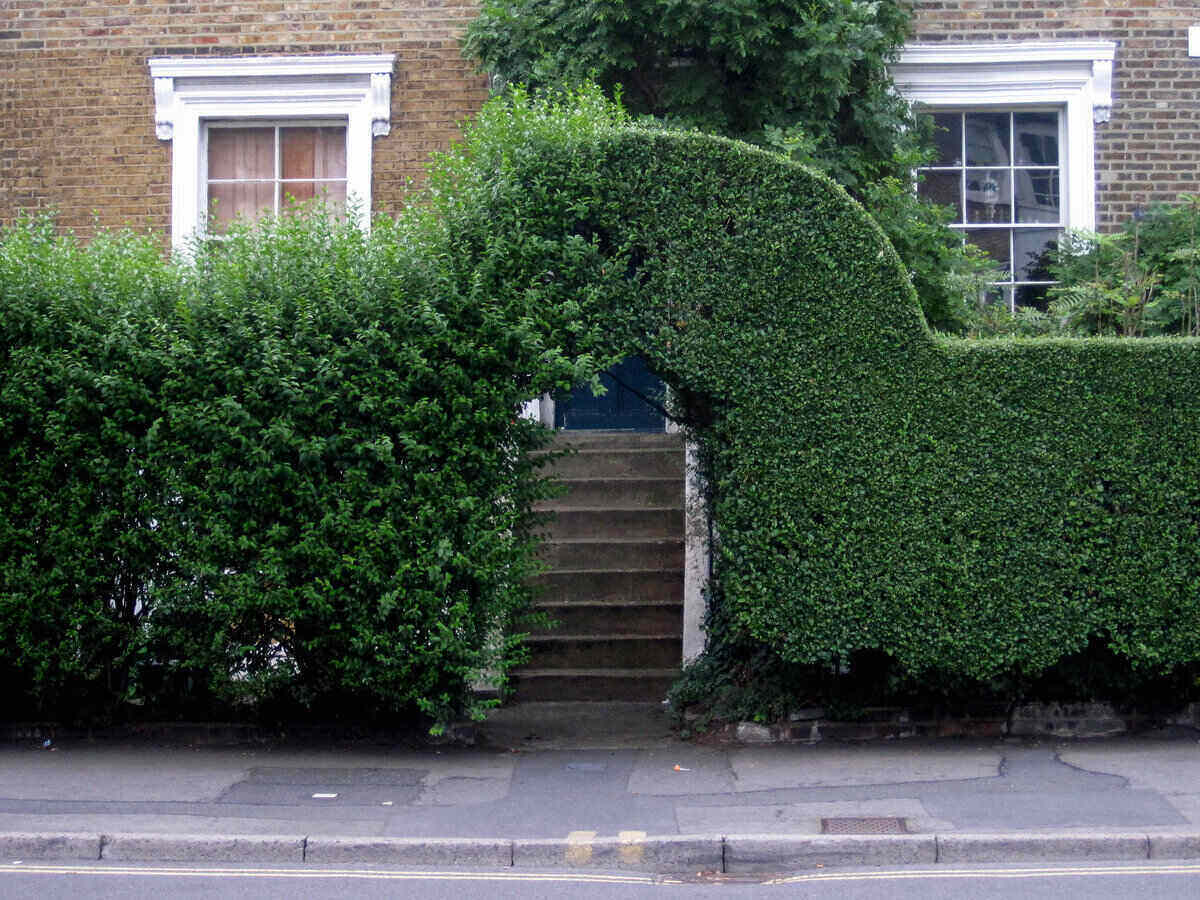Why Hedge Maintenance is Crucial for Your Garden’s Health
Regular hedge maintenance is essential for promoting healthy growth, preventing pest and disease issues, and enhancing the overall aesthetic of your garden. Overgrown hedges can quickly become an eyesore, casting unwanted shadows and creating an environment conducive to pest and disease infestations. By incorporating hedge trimming into your gardening routine, you can prevent these issues and maintain a beautiful, thriving garden. Learning how to trim overgrown hedges is a valuable skill for any homeowner or gardener, as it allows you to take control of your outdoor space and create a stunning landscape. Neglecting hedge maintenance can lead to a range of problems, including reduced property value, increased risk of pest and disease issues, and a decrease in overall garden health. By prioritizing hedge maintenance, you can avoid these issues and enjoy a vibrant, well-manicured garden that enhances your outdoor living experience.
Preparing for the Task: Essential Tools and Safety Precautions
Before embarking on the task of trimming overgrown hedges, it’s essential to gather the necessary tools and equipment. Pruning shears, loppers, and hedge clippers are the most common tools used for hedge trimming. Pruning shears are ideal for smaller hedges and for cutting smaller branches, while loppers are better suited for thicker branches. Hedge clippers are the most versatile tool and can be used for a variety of hedge types. In addition to the right tools, it’s also crucial to take necessary safety precautions to avoid injuries. Wearing protective gear such as gloves, safety glasses, and a dust mask can help prevent injuries from thorns, branches, and debris. Ensuring a stable ladder is also vital, as it can help prevent falls and accidents. When learning how to trim overgrown hedges, it’s essential to prioritize safety and take the necessary precautions to avoid injuries. By having the right tools and taking the necessary safety precautions, you can ensure a successful and safe hedge trimming experience.
Assessing the Damage: Evaluating the Condition of Your Overgrown Hedges
Evaluating the condition of your overgrown hedges is a crucial step in determining the best approach for restoration. Before learning how to trim overgrown hedges, it’s essential to assess the damage and identify any dead or diseased branches. This will help you determine the extent of the pruning required and ensure that you’re not spreading disease or pests to other parts of the hedge. Start by inspecting the hedge from multiple angles, looking for any signs of damage, disease, or pest infestation. Check for any dead or dying branches, and make a note of their location and extent. Next, assess the overall shape and size of the hedge, considering its original purpose and desired shape. This will help you determine the best approach for pruning and shaping the hedge. By taking the time to evaluate the condition of your overgrown hedges, you can ensure that you’re taking the right approach to restore them to their former glory.
Pruning Techniques for Different Hedge Types
When it comes to pruning overgrown hedges, it’s essential to consider the type of hedge you’re working with. Different hedge types require different pruning techniques, and using the wrong technique can damage the hedge or lead to unhealthy growth. Deciduous hedges, such as privet or boxwood, require regular pruning to maintain their shape and promote healthy growth. Evergreen hedges, such as arborvitae or juniper, require less frequent pruning, but still need regular maintenance to prevent overgrowth. Flowering hedges, such as lilac or rose, require pruning after they finish blooming to promote new growth and prevent seed production. When learning how to trim overgrown hedges, it’s crucial to consider the growth patterns, branch structure, and plant species of your hedge. This will help you determine the best pruning technique to use and ensure that your hedge remains healthy and thriving. By using the right pruning technique for your hedge type, you can promote healthy growth, prevent overgrowth, and maintain a beautiful, well-manicured hedge.
Step-by-Step Trimming and Shaping Instructions
Now that you’ve evaluated the condition of your overgrown hedges and chosen the right pruning technique, it’s time to start trimming and shaping. When learning how to trim overgrown hedges, it’s essential to follow a step-by-step approach to ensure that you’re doing it safely and effectively. Start by removing any dead or damaged branches, cutting them off at the base to prevent the spread of disease. Next, reduce the height and width of the hedge by cutting back the tips of the branches. Use a pair of pruning shears or loppers to make clean cuts, and avoid tearing or ripping the branches. Once you’ve reduced the size of the hedge, use a hedge clipper to create a uniform shape. Start at the bottom of the hedge and work your way up, using long, smooth strokes to cut the branches. Make sure to leave some of the new growth at the top of the hedge to allow it to continue growing and filling out. By following these step-by-step instructions, you can trim and shape your overgrown hedges with confidence and achieve a beautiful, well-manicured finish.
Common Mistakes to Avoid When Trimming Overgrown Hedges
When learning how to trim overgrown hedges, it’s essential to avoid common mistakes that can damage the hedge or lead to unhealthy growth. One of the most common mistakes is cutting too much at once, which can shock the hedge and cause it to become stressed. Instead, prune the hedge in stages, removing only what is necessary to maintain its shape and promote healthy growth. Another mistake is neglecting to disinfect tools, which can spread disease and pests from one part of the hedge to another. Always disinfect your tools between cuts, and make sure to clean and store them properly after use. Failing to monitor progress is also a common mistake, as it can lead to overgrowth and require more extensive pruning in the future. Regularly inspect your hedge and make adjustments as needed to ensure that it remains healthy and well-maintained. By avoiding these common mistakes, you can ensure that your hedge remains healthy and thriving, and that you’re able to enjoy its beauty for years to come.
Post-Trimming Care: Tips for Promoting Healthy Regrowth
After learning how to trim overgrown hedges and completing the pruning process, it’s essential to provide your hedges with the necessary care to promote healthy regrowth. Watering is crucial, especially during the first few weeks after pruning. Make sure to water your hedges deeply and regularly, but avoid overwatering, which can lead to root rot and other problems. Fertilizing is also important, as it provides your hedges with the necessary nutrients to promote healthy growth. Use a balanced fertilizer that is specifically designed for hedges, and follow the instructions on the label for application rates and timing. Mulching is another important step in post-trimming care, as it helps to retain moisture, suppress weeds, and regulate soil temperature. Use a thick layer of organic mulch, such as wood chips or bark, and keep it a few inches away from the base of the hedge. By following these tips, you can help your hedges recover from pruning and promote healthy regrowth. Regular maintenance is also essential to prevent future overgrowth and keep your hedges looking their best.
Maintenance Scheduling: Creating a Hedge Care Calendar
Creating a hedge care calendar is an essential step in maintaining the health and appearance of your hedges. By scheduling regular pruning sessions, monitoring growth, and planning for seasonal changes, you can ensure that your hedges remain healthy and thriving throughout the year. Start by identifying the type of hedge you have and its specific needs. Different hedge types require different pruning schedules, so it’s essential to research the specific needs of your hedge. Next, create a calendar that outlines the pruning schedule, including the frequency and timing of pruning sessions. Also, include notes on monitoring growth, fertilizing, and mulching. By following a regular maintenance schedule, you can prevent future overgrowth and keep your hedges looking their best. Additionally, consider planning for seasonal changes, such as adjusting pruning schedules based on weather conditions and growth patterns. By creating a hedge care calendar, you can take a proactive approach to maintaining your hedges and ensure that they remain a beautiful and integral part of your garden.









